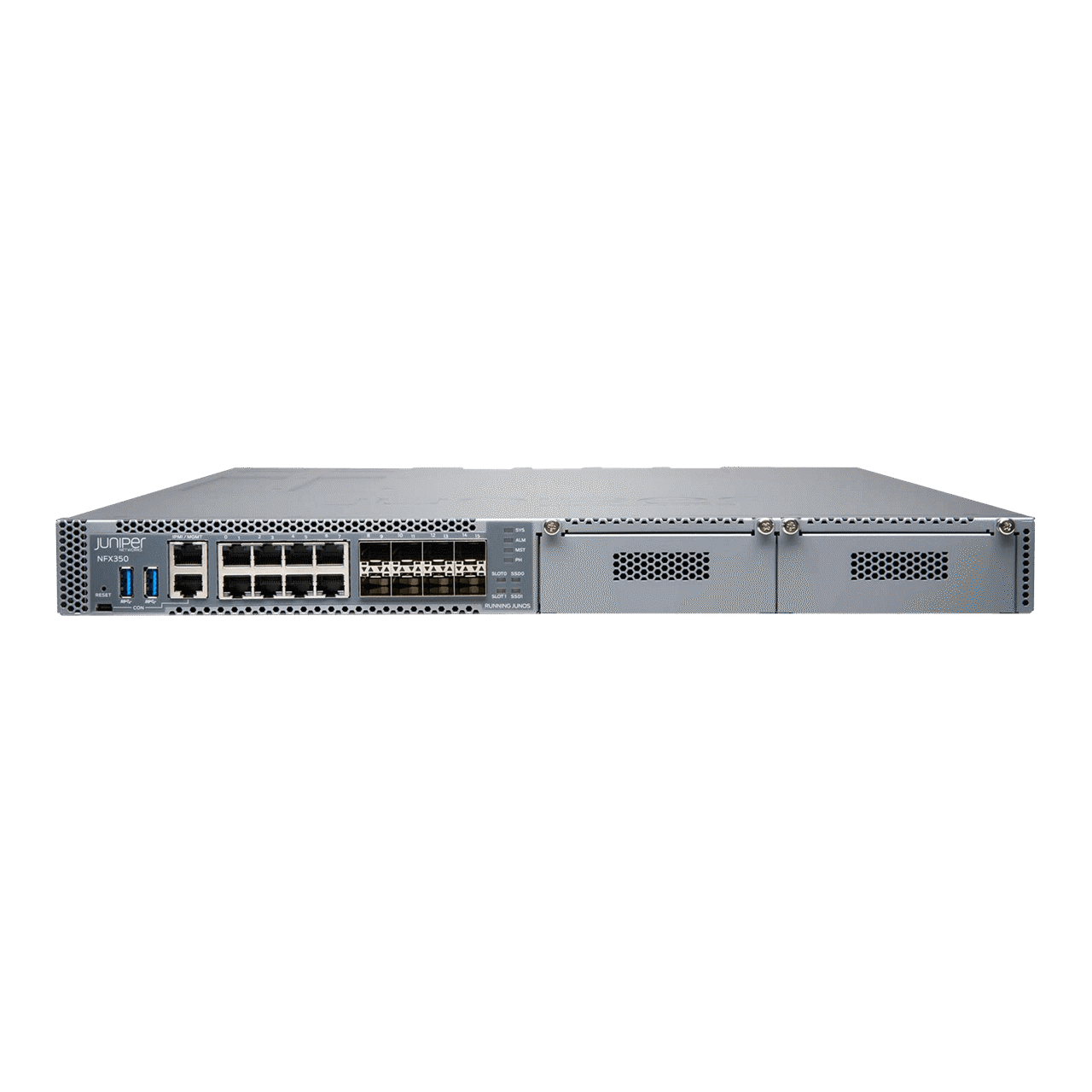Customer Success Story

AT&T helps businesses easily transition to software-defined WANs
As businesses accelerate initiatives such as hybrid cloud, remote work, IoT, and edge computing, their WANs must become far more flexible.
Virtual network services can be the answer for organizations seeking agile, secure, and dynamic WANs that are also simpler to manage. Juniper virtual routing and universal customer premises equipment (uCPE) are key ingredients in the next generation of the AT&T SD-WAN virtual network service, which helps enterprises achieve these goals.

Reduce Cost
Compared to competitive appliance-based offerings using multiple functions
Consolidate
Multiple network functions across a distributed enterprise on a single platform
10 Gbps
SD-WAN service delivery with improved orchestration
Decrease
Physical appliance footprint and environmental requirements while running multiple virtual network functions
A digital world demands a software-driven WAN
AT&T and Juniper have worked together since 2009, and AT&T has continued to enhance and expand its network services to deliver new customer experiences and exceed expectations.
In 2016, AT&T introduced a global network service that leveraged software-defined networking (SDN) and Network Functions Virtualization (NFV) to simplify network infrastructure and virtualize key network tasks. Juniper routers, SD-WAN, firewalls, and uCPE have been integral from the start.
Fast forward to 2022, and both AT&T and its customers face fresh efficiency and budgetary pressures. To meet intensified customer needs for speed and simplicity, AT&T has readied its next-generation SD-WAN service to deliver up to 10 Gbps speeds with improved orchestration.
“AT&T disrupted the market with a virtualized network play, and now we have improved flexibility, agility, and throughput speed up to 10 Gbps with our enhanced capabilities,” says John DeRisi, lead product marketing manager at AT&T.

A network with all-around talents
Hundreds of thousands of organizations rely on the AT&T software-defined, virtual network service for a streamlined, flexible way to connect their distributed operations across cloud sites, data centers, and branch offices. Now they can take advantage of speeds up to 10 Gbps, with simplified orchestration.
“The ability to run multiple virtual network functions, or VNFs, has always been part of the value,” says DeRisi. “With our latest offering, we’re excited that customers can now run multiple VNFs, such as routing, firewalling, SD-WAN, and visibility, on the same platform.”
Customers can, for instance, run Juniper vSRX on Juniper NFX Series Network Services Platform at their locations, then as needs evolve, they can easily add SD-WAN, firewall, or other capabilities.

A WAN that adapts to new demands, including supply chain challenges
Education, state and local governments, and businesses have gravitated to AT&T virtual network services to deploy new network capabilities faster to meet evolving requirements. They can mix and match VNFs on the same platform for operational simplicity. Less equipment at customer sites reduces cost and complexity as well as environmental requirements for space, power, and cooling.
DeRisi sees a new driver of adoption in the supply-chain crunch. With the next-generation AT&T network service, organizations can simply “turn on” new network functions without delay.
“Customers no longer have to place an order and then wait to receive physical network appliances,” he says. “They can add VNFs to their NFX platforms quickly to meet the business need.”

Published October 2022




